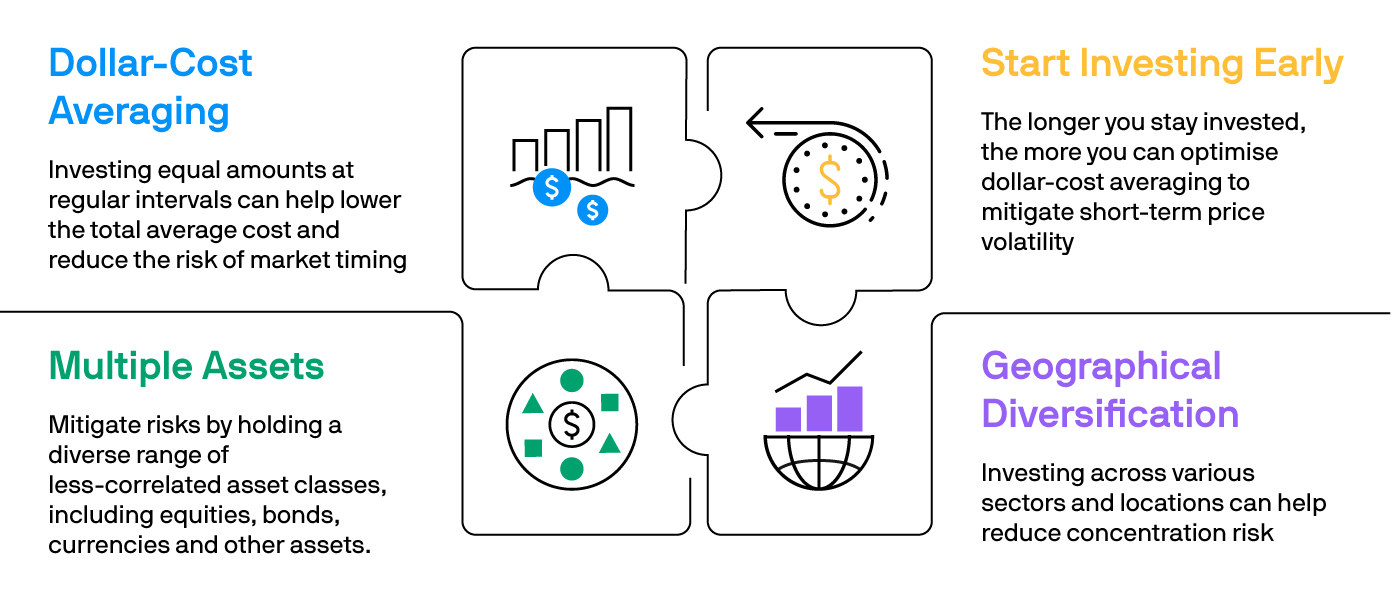MAKE REGULAR INVESTING A HABIT
Start eScheduler monthly fund investment from HK$1,000
Why do you need to diversify¹ your investment portfolio?
Amid market volatility, investors may make less optimal decisions driven by heightened emotions. To make more informed decisions, consider implementing strategies such as diversifying your portfolio through dollar-cost averaging, which helps mitigate the impact of market fluctuations. Investing in multiple asset classes can spread risk and achieve diversification in your portfolio.

1 Diversification does not guarantee investment returns and does not eliminate the risk of loss.
Start eScheduler monthly fund investment from HK$1,000

Too Much Market Noise and No Clarity? Actionable Insights to Help You Stay Ahead.
Investment ideas to help you achieve your financial goals